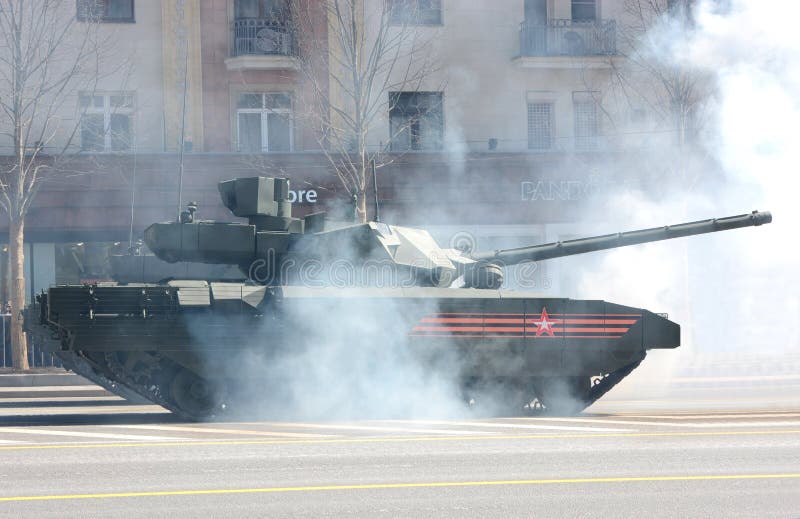
Thus, Russia is sending a pre-Vietnam War tank model to the front lines. The T-54B version was designed in 1955, introducing a 100mm D-10T2S gun with stabilizer, and entered production in 1957. The model finally entered service in 1948. The first prototype of the T-54 was built in late 1945, shortly after the end of World War II.

The mounting of this accessory seems more like an attempt to reassure the crews, something illusory when we talk about a tank designed in the 1940s. The tank is equipped with the anti-Javelin grill which was already shown on more modern Russian tanks at the beginning of the invasion, and which proved completely useless against modern man-portable anti-tank missiles. The published images show the old Russian tank on a muddy road. This afternoon, the Ukrainian Twitter account Special Kherson Cat has spread images of an abandoned Russian T-54B tank at the front line. Until now not a single photo has appeared to prove the announced deployment of the modern Russian T-14 Armata tank, what has appeared today is, so to speak, its great-grandfather. The images of the mobilization by Russia of tanks T-54 and T-55 of the 1950s The disaster of the old Russian T-62s: dozens of them have been captured by Ukraine
.jpg)
And while it’s clear that the tank must evolve to survive against modern weapons, it’s unclear what, exactly, the tanks of the future might look like - and what next-generation weapons they might need to punch through enemy defenses.The Russian army is not only being called into question because of its heavy losses in the Ukraine, but also because of the age of its materiel. Ultimately, one of the major lessons from the Ukraine war may end up being not just that the tank is far from dead, but that it needs a lot more protection to avoid becoming too big and vulnerable to survive modern wars, like the battleship. We ensure that our leaders and soldiers understand how to fight as a combined arms and joint team, as well as the need to present multiple dilemmas to our enemies at echelon.” “These wars continue to reinforce the importance of combined arms maneuver and the need for joint operations to set conditions for tactical engagements. “When it comes to training, we continue to modify instruction at every echelon as we learn from the conflicts in Nagorno Karabakh and Ukraine,” Harshbarger said.


 0 kommentar(er)
0 kommentar(er)
